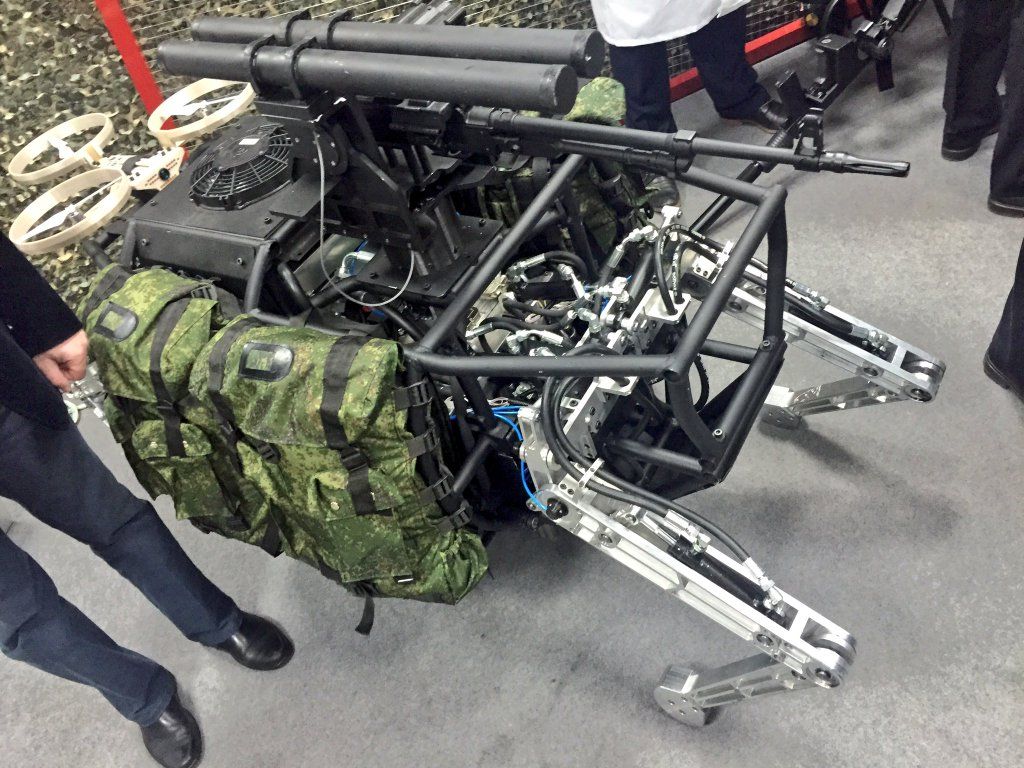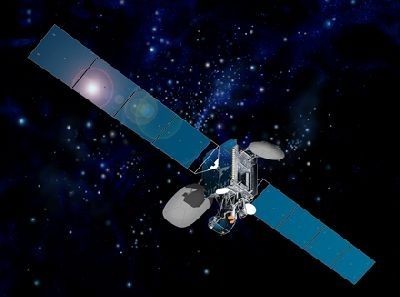Hmmm; I guess the government needs to change its mode of operations. I believe that everyone has been saying this for a while now.
Technology companies are moving too fast for governments to keep up, according to a former chief of the US Defense Advanced Research Projects Agency (DARPA).
Kaigham (Ken) Gabriel was acting director of DARPA and the man behind drone technology and global positioning satellites, as well as the military’s top secret, high-tech operation responsible for inventing the forerunner to the internet, Arpanet.
He believes governments are fighting a losing battle with technologies such as encryption. But, when it comes to the possibility of advanced tech falling into the wrong hands, he doesn’t believe western governments should give up altogether.





